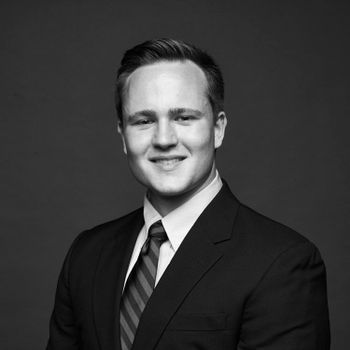REPORT: Diversity ‘bureaucrats’ outnumber history professors at top colleges
A new report claims that 'diversity, equity, and inclusion' personnel represent 3.4 positions for every 100 tenured faculty at major American universities.
One of the report's co-authors likened DEI personnel to 'political officers attached to military units in the old Soviet Union.'
A new report from the Heritage Foundation reveals that “diversity, equity, and inclusion” personnel represent 3.4 positions for every 100 tenured faculty.
Co-authors Jay Greene and James Paul describe the promotion of diversity on college campuses “has become a central concern of higher education.” Universities routinely create positions to channel significant resources toward programming and curricula.
Speaking with Campus Reform, Greene added, “Rather than being an effective tool for welcoming students from different backgrounds, DEI personnel may be better understood as a signal of adherence to ideological, political, and activist goals.”
[RELATED: LGBTQ+ advocacy stands out in 2021 diversity hiring]
In the report, Greene and Paul consulted cite data from the Department of Education data and found that the “average university” employees “more than 45 people as having formal responsibility for promoting DEI goals.”
The figure amounts to “4.2 times the number of staff who assist students with disabilities in receiving reasonable accommodations.” In other terms, the average university has a diversity workforce “1.4 times larger than the number of professors in these universities’ corresponding history departments.”
Of particular note in the report was the University of Michigan, which hires 163 diversity personnel. The University of Virginia and Ohio State University each hire 94.
Greene told Campus Reform that “the current legislative movement against critical race theory has not targeted university diversity bureaucracies, but it should.”
[RELATED: REPORT: Public university presidents’ salaries, tuition hikes since Great Recession]
“Diversity, equity and inclusion (DEI) bureaucracies are like the political officers attached to military units in the old Soviet Union in that they exist to enforce ideological discipline,” he explained. “CRT has successfully captured large segments of universities with the assistance of this institutional mechanism for control.”
“Given that even public universities are operated more autonomously than K-12 public schools, it is unclear exactly what legislation would help reign in diversity bureaucracies in higher education,” Greene added.
Campus Reform reached out to the Heritage Foundation for comment; this article will be updated accordingly.

